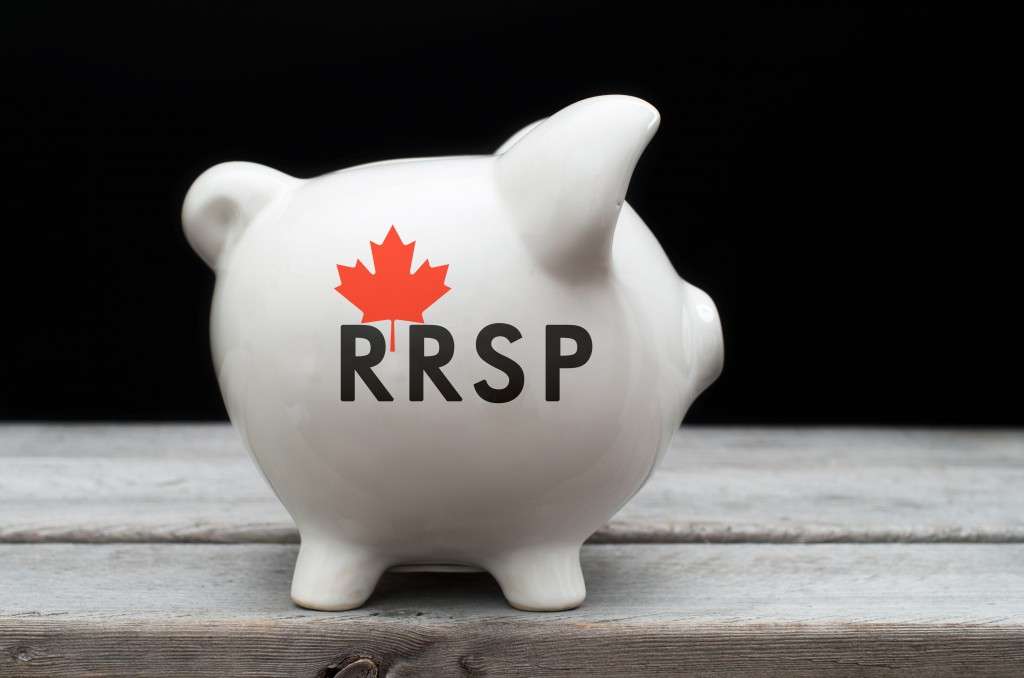1) Start early and invest regularly
Regular investing puts the power of compound growth on your side. And the earlier you start, the more you may have in the future.
2) Reduce taxes today
RRSPs are designed to help build your financial future and the contributions have the added benefit of being tax deductible. By making RRSP contributions on every pay day, you can take advantage of potential and immediate tax savings – by asking your employer to deduct less tax off your paycheque.
I recommend TaxCut by H&R Block
3) Think global
As Canada makes up only about 4% of global stock market capitalization1, global investments can play an important role in reducing risk and increasing return potential. A portfolio made up of several types of investments from different countries may be stronger over the long term – and less exposed to risk – than one that’s invested in a single country, asset class or type of investment. That’s why a sensible approach for most investors is a globally diversified portfolio that includes Canadian and international stocks, combined with fixed income investments.
4) Consider an asset mix strategy
It is important to have the right asset mix as studies show that asset allocation is the key driver of a portfolio’s performance. 2 Typically, as you get closer to retirement your mix should become more conservative to emphasize asset preservation over growth. Conversely, younger investors with more time before retirement can afford to be more aggressive in their approach.
5) Take advantage of a spousal RRSP
Too many investors fail to take advantage of spousal RRSPs. If you expect your spouse’s income to be considerably lower than yours during retirement, it may be wise to direct your contributions into a spousal RRSP. It’s an easy way to split income for tax purposes. Usually, the higher income earning spouse contributes to the spousal RRSP and claims the tax deduction. The funds in the spousal RRSP accumulate free of tax until they are withdrawn by the other spouse (the lower income earner), possibly resulting in tax savings.
6) Defer deductions until a later tax year
Many investors automatically claim a deduction for the amount they have contributed without considering if it’s better to claim it in a future year. You should consider deferring deductions if you are expecting to be taxed at a higher marginal tax rate in the future. This strategy should save you more in taxes. But it has a cost in prepaid tax, because you won’t benefit from the deduction right away.
7) Borrow to maximize your contributions
You can make a contribution over and above your annual limit by using unused contribution room from previous years. It might be worth considering an RRSP loan if you have unused contribution room. For the 2007 tax year, the maximum contribution is 18% of your earned income, up to a maximum of $19,000. If you want to get ahead of the game, your contribution limit for the 2008 year is 19% of your 2007 income, up to a maximum of $20,000. To find out what your personal contribution limit is, check your Canada Revenue Agency Notice of Assessment or call CRA at 1-800-959-8281.
The tips from HSBC Canada.
